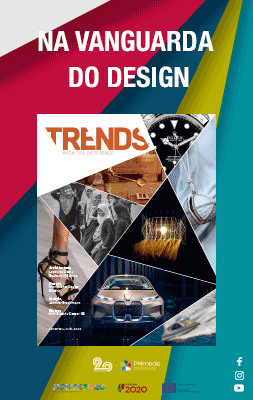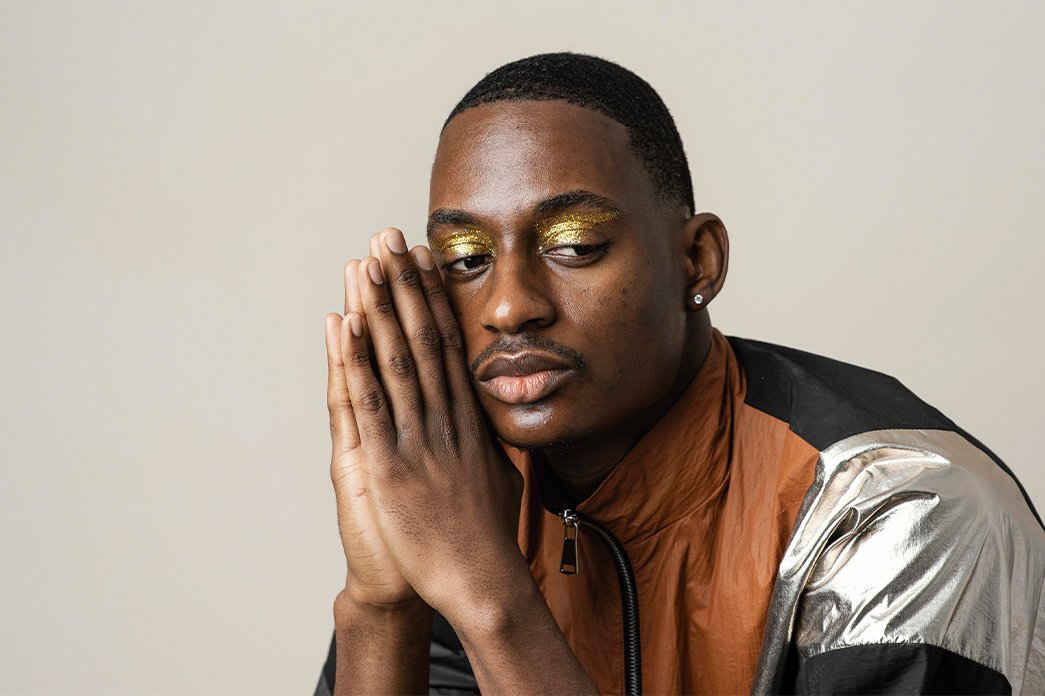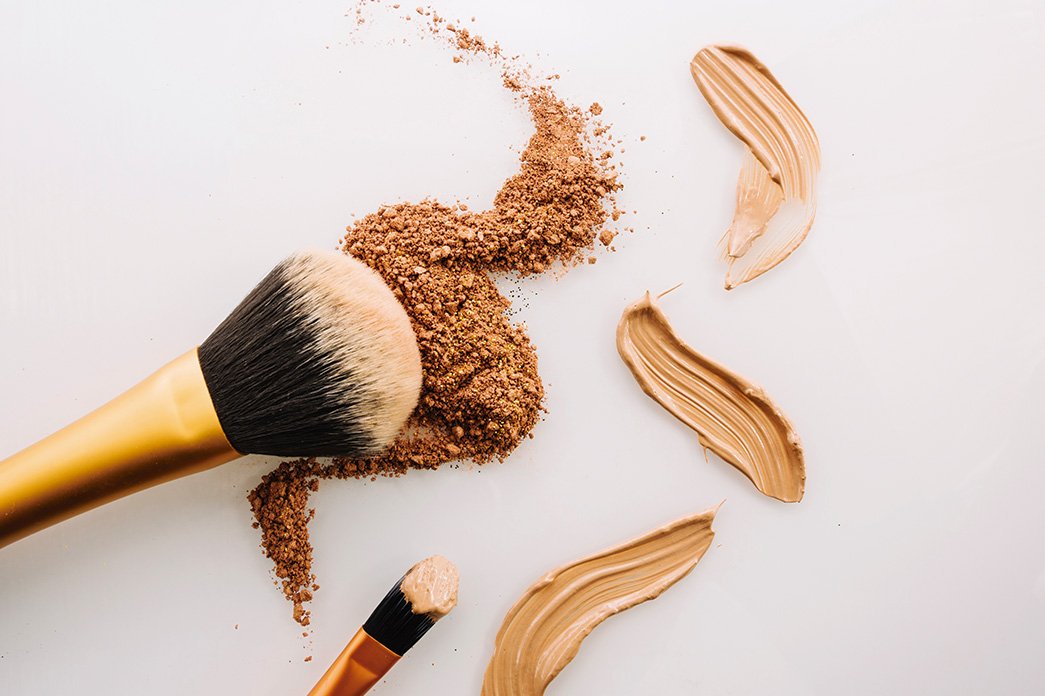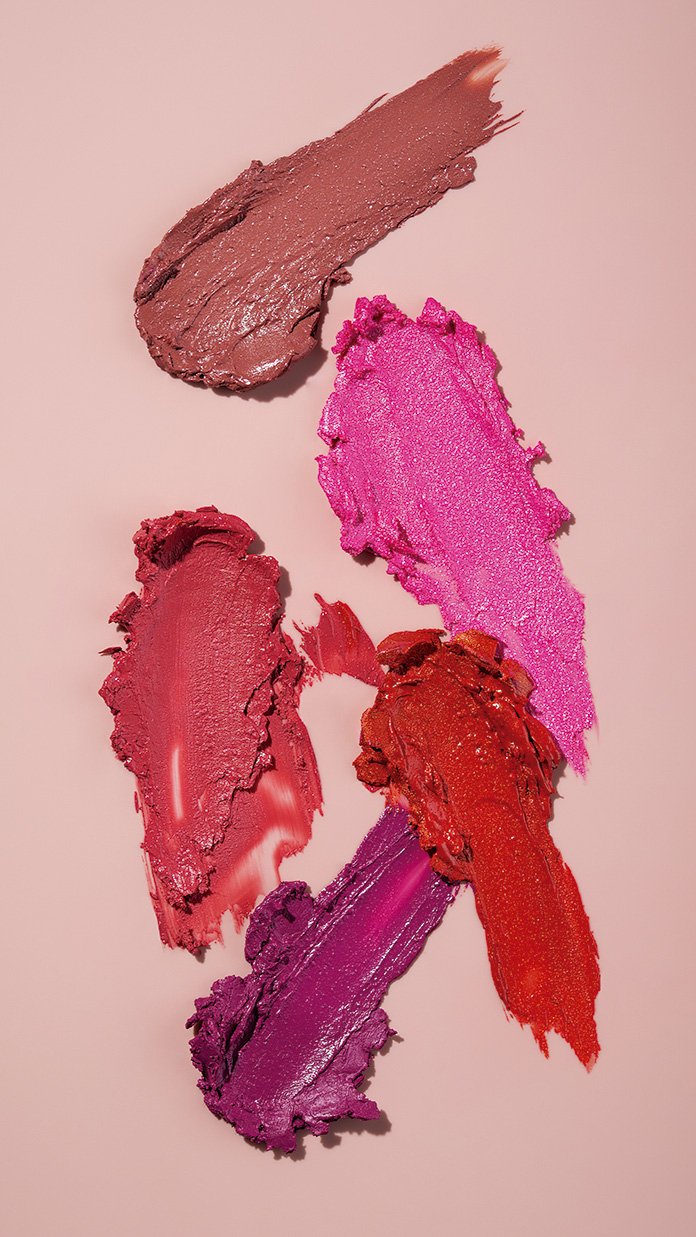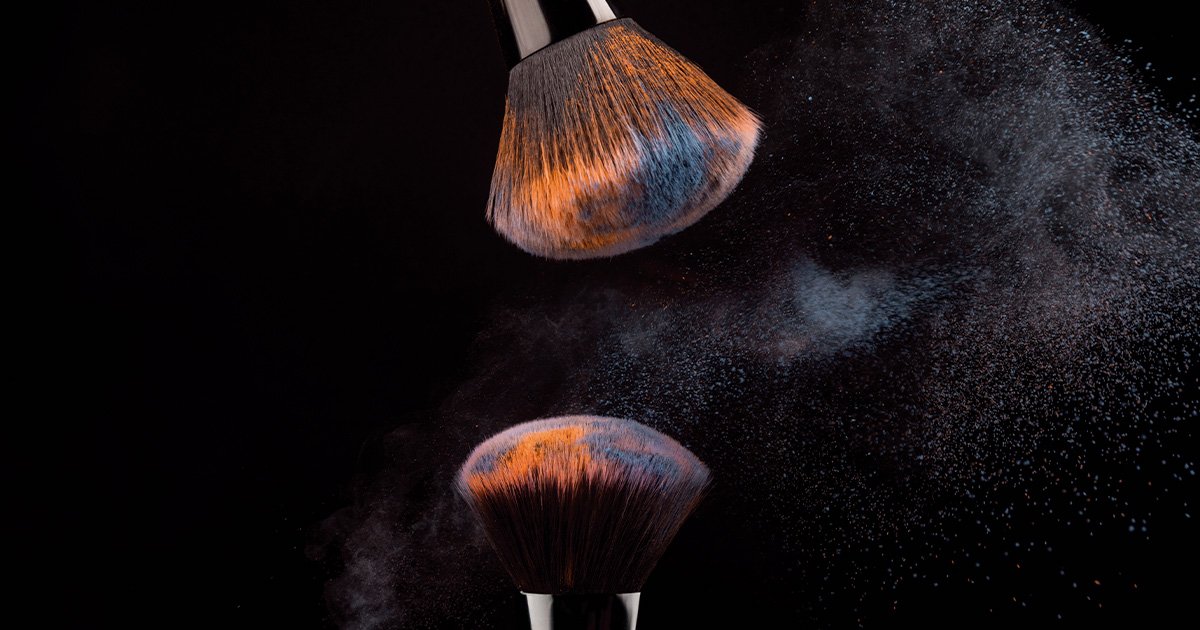
Although unknown to many, the use of make-up by the male gender is an
activity that goes back thousands of years. Cave men painted their bodies with
a reddish powder to frighten enemies or to beautify themselves for rites of
worshiping the gods. As early as 4000 BC, the Egyptians valued facial
adornment, in fact, the pharaohs used eyeliner and strong colours, such as
black and gold, to display power and luxury, and green eyeshadow served to prevent
illness. During wars, Vikings used a powder for the eyes, and African tribesmen
like the Wodaabe excelled in the
tricks and contours of their paintwork in order to impress women. Also, in the
18th century, male English aristocrats commonly wore make-up, when
it was considered that beauty could be achieved with blush and white powder. The
male sex has revealed a strong relationship with make-up for various purposes.
From the Middle Ages onwards, this trend faded, as it was seen as ungodly. The
West began to look at make-up as an exclusively female practice, and the
stereotype spread like a virus.
«Men are starting to match women in the daily consumption of cosmetics»
«Men are starting to match women in the daily consumption of cosmetics»




